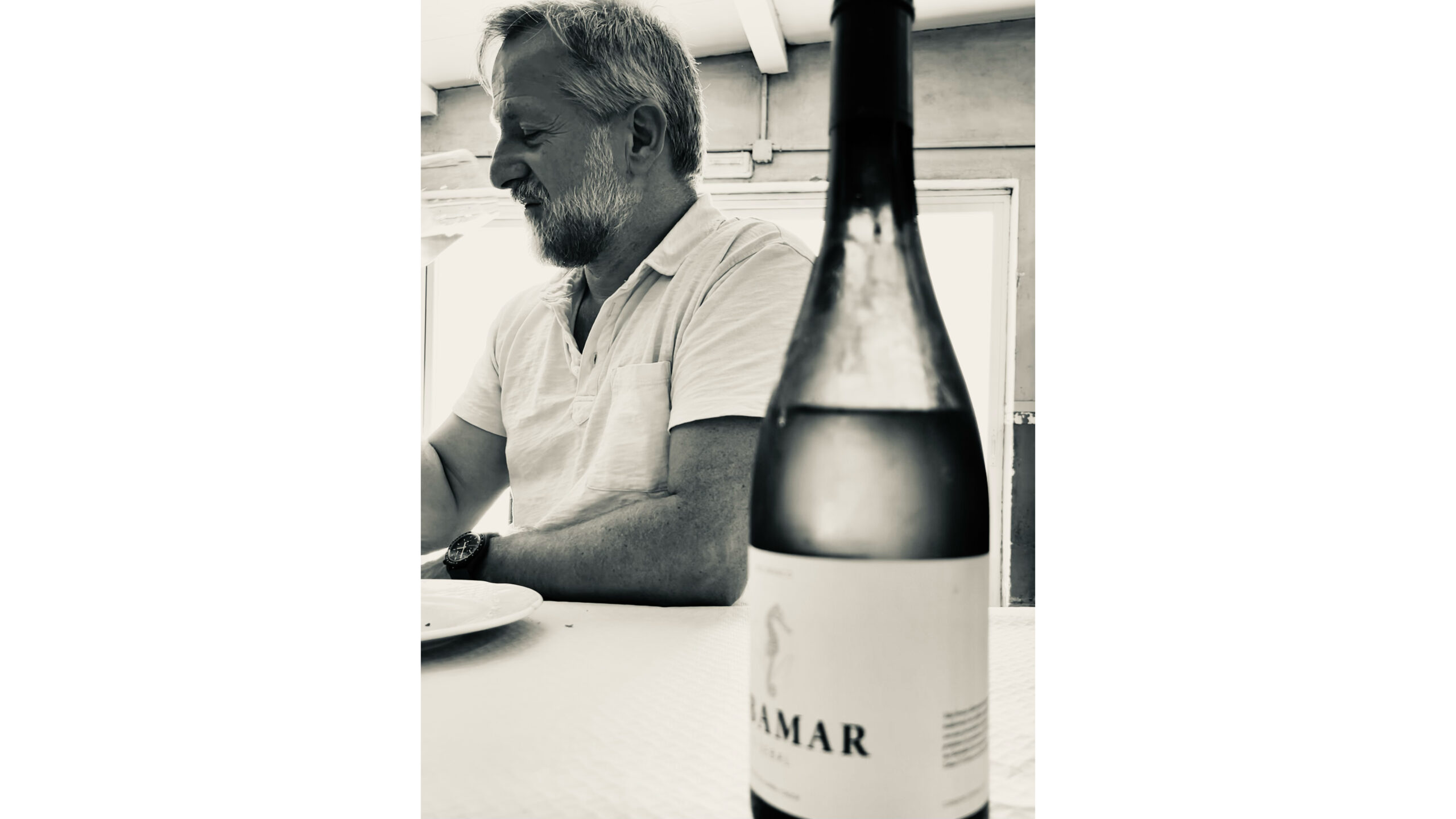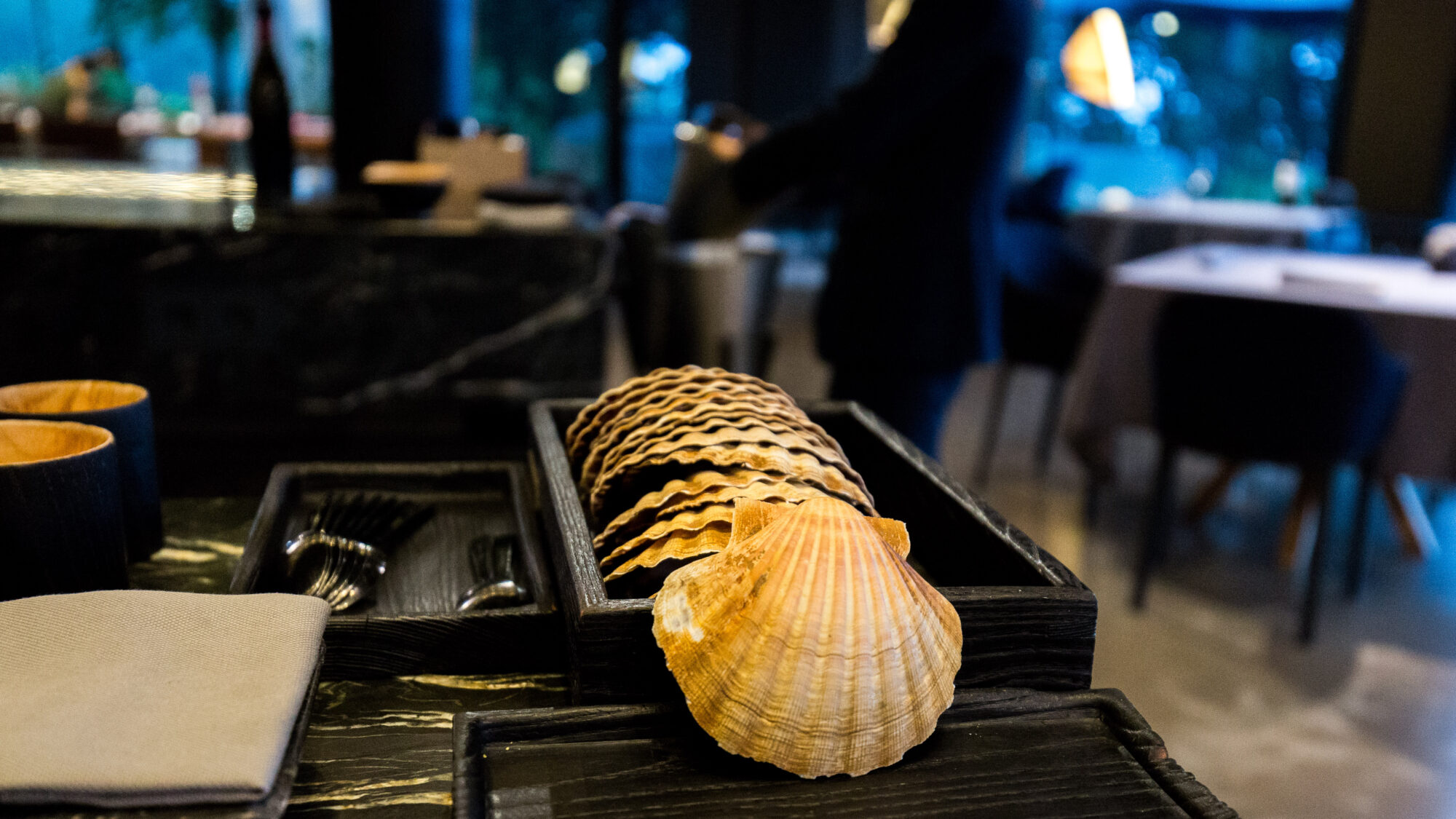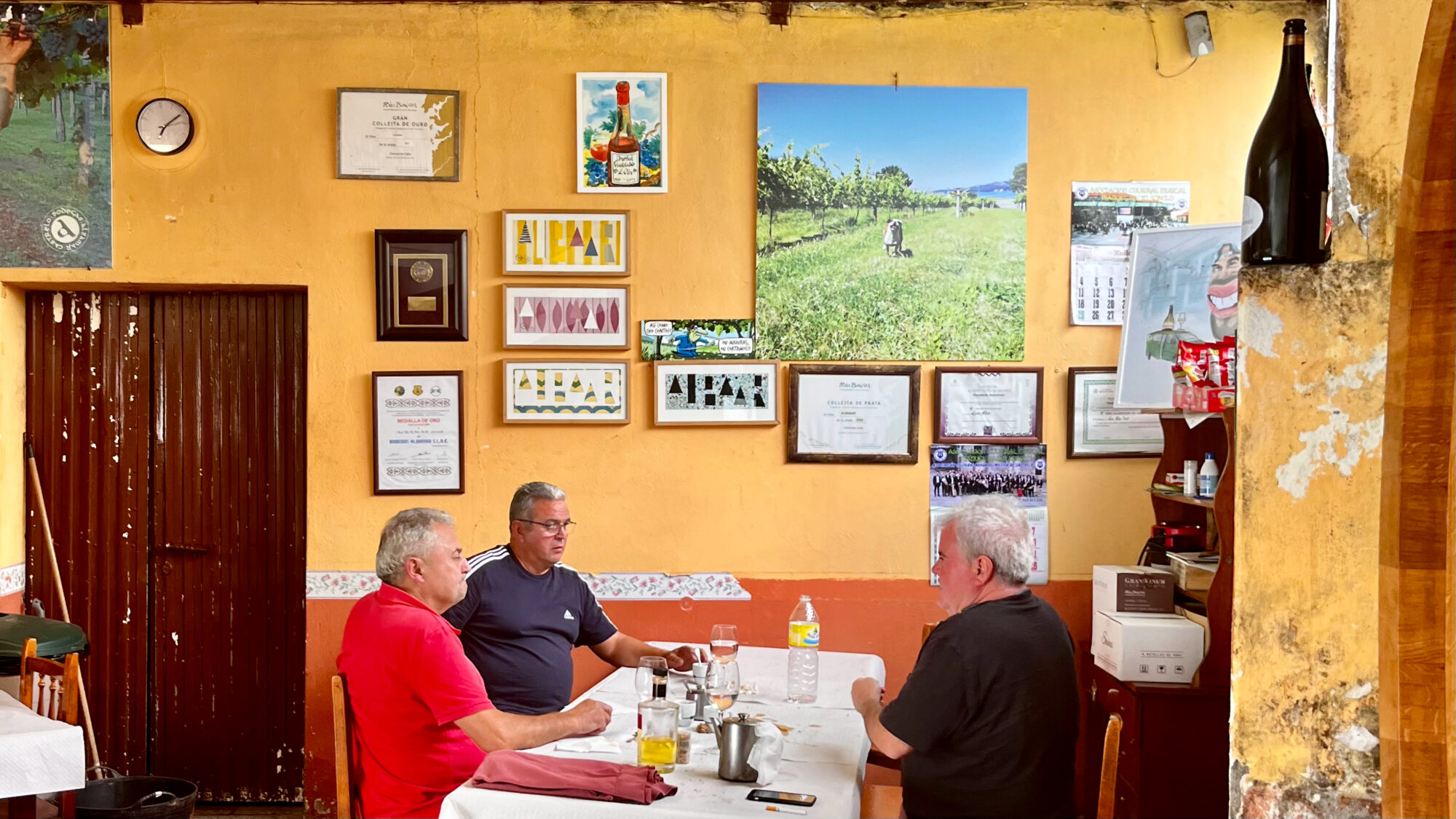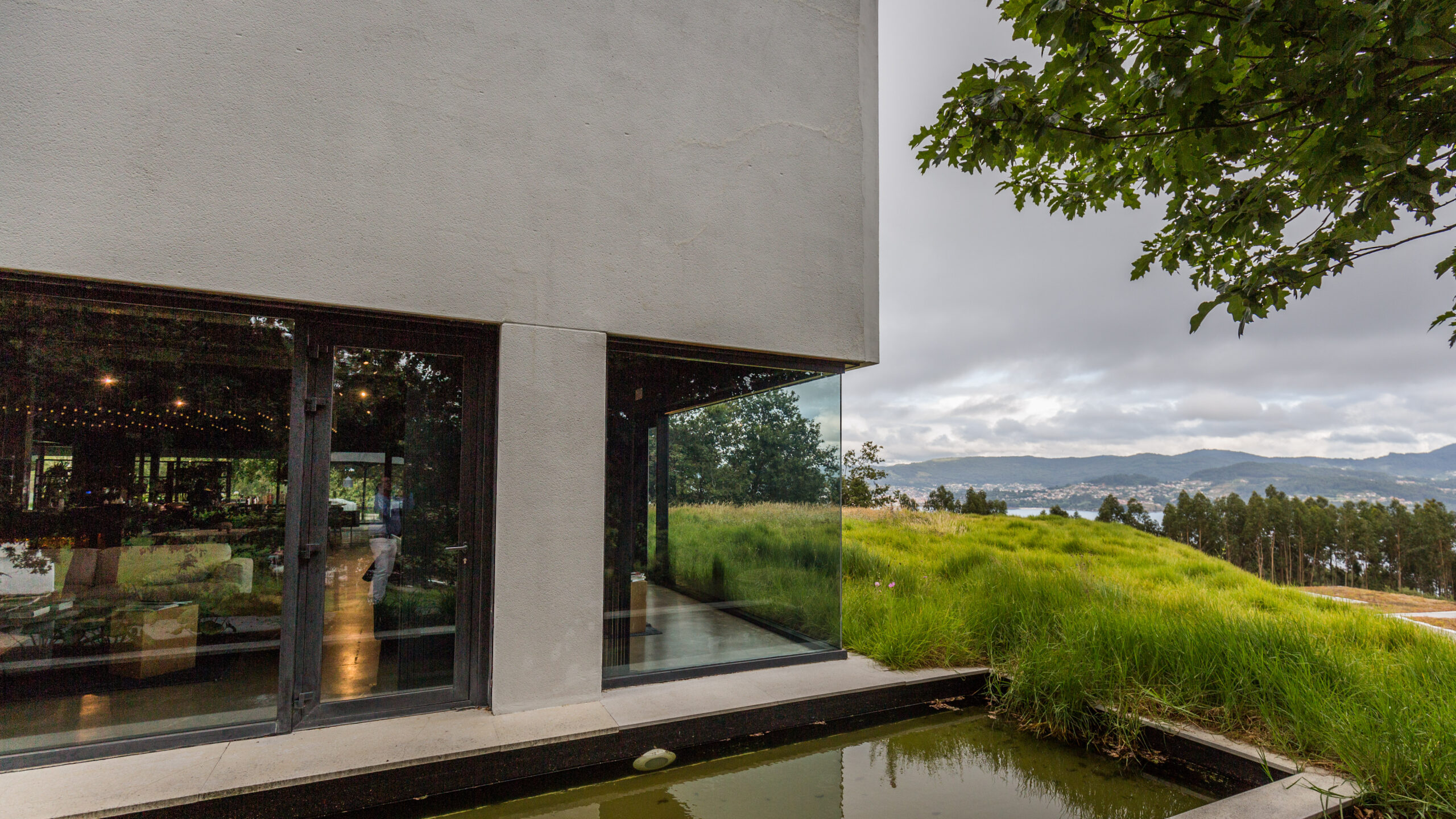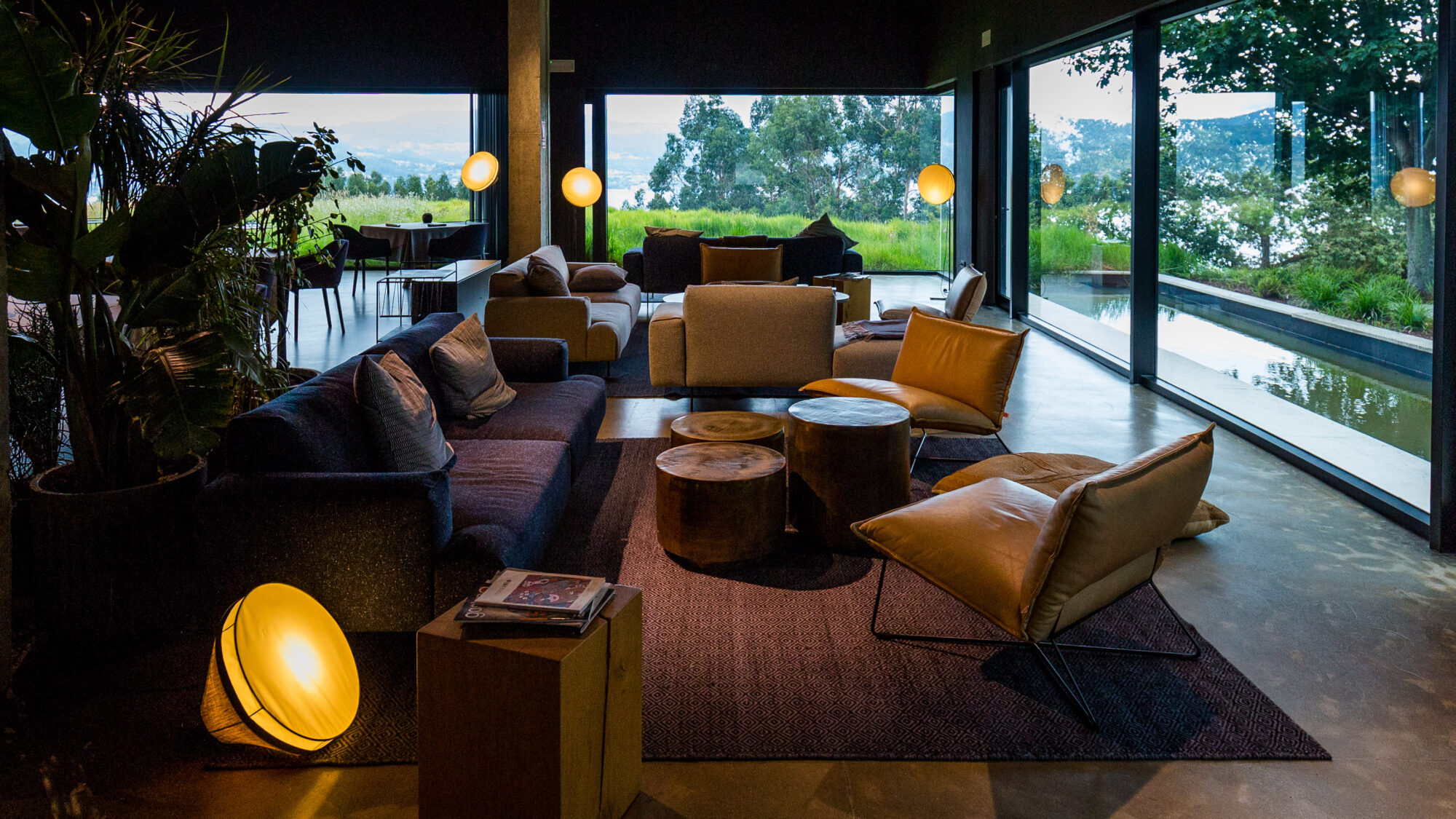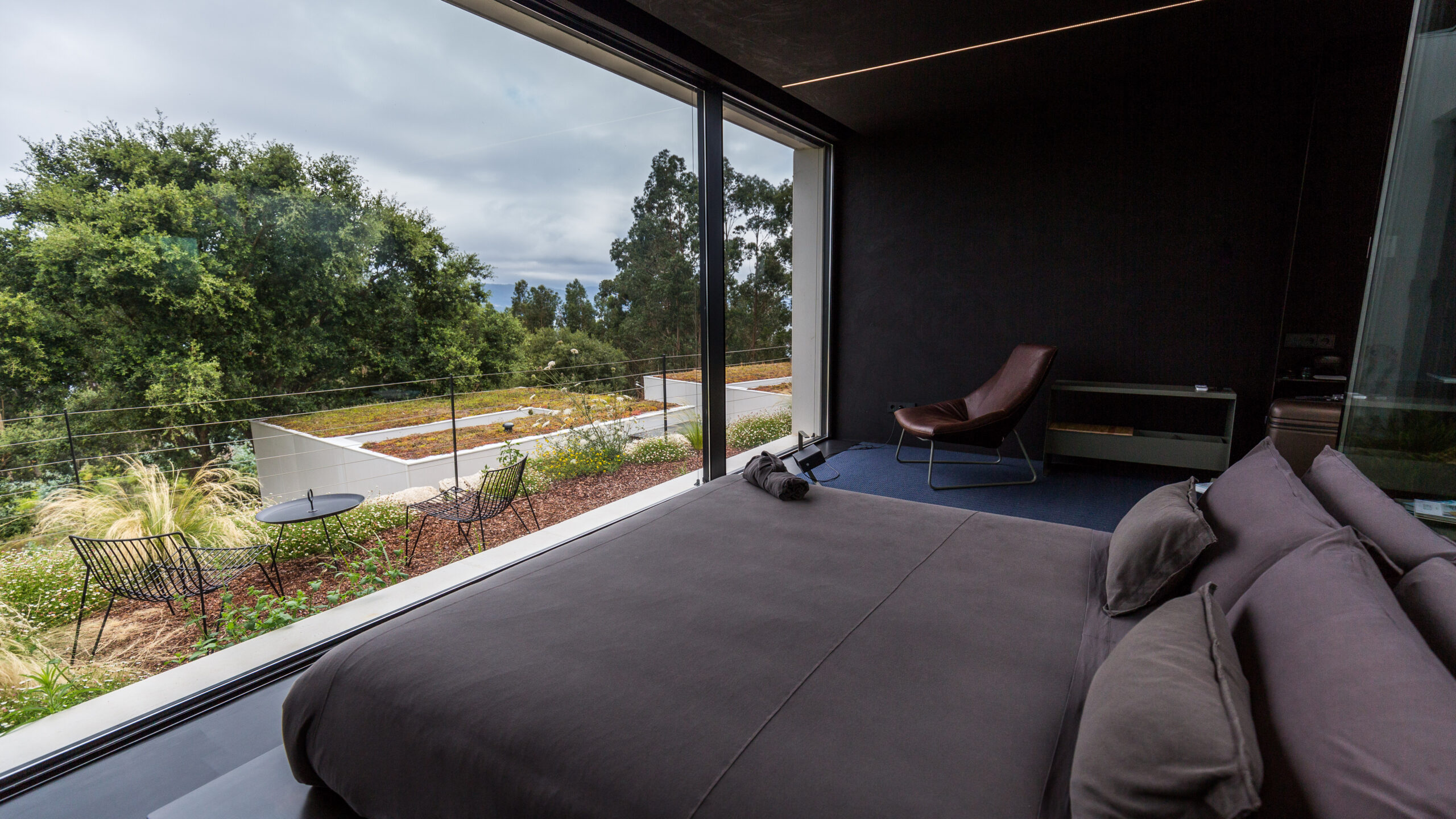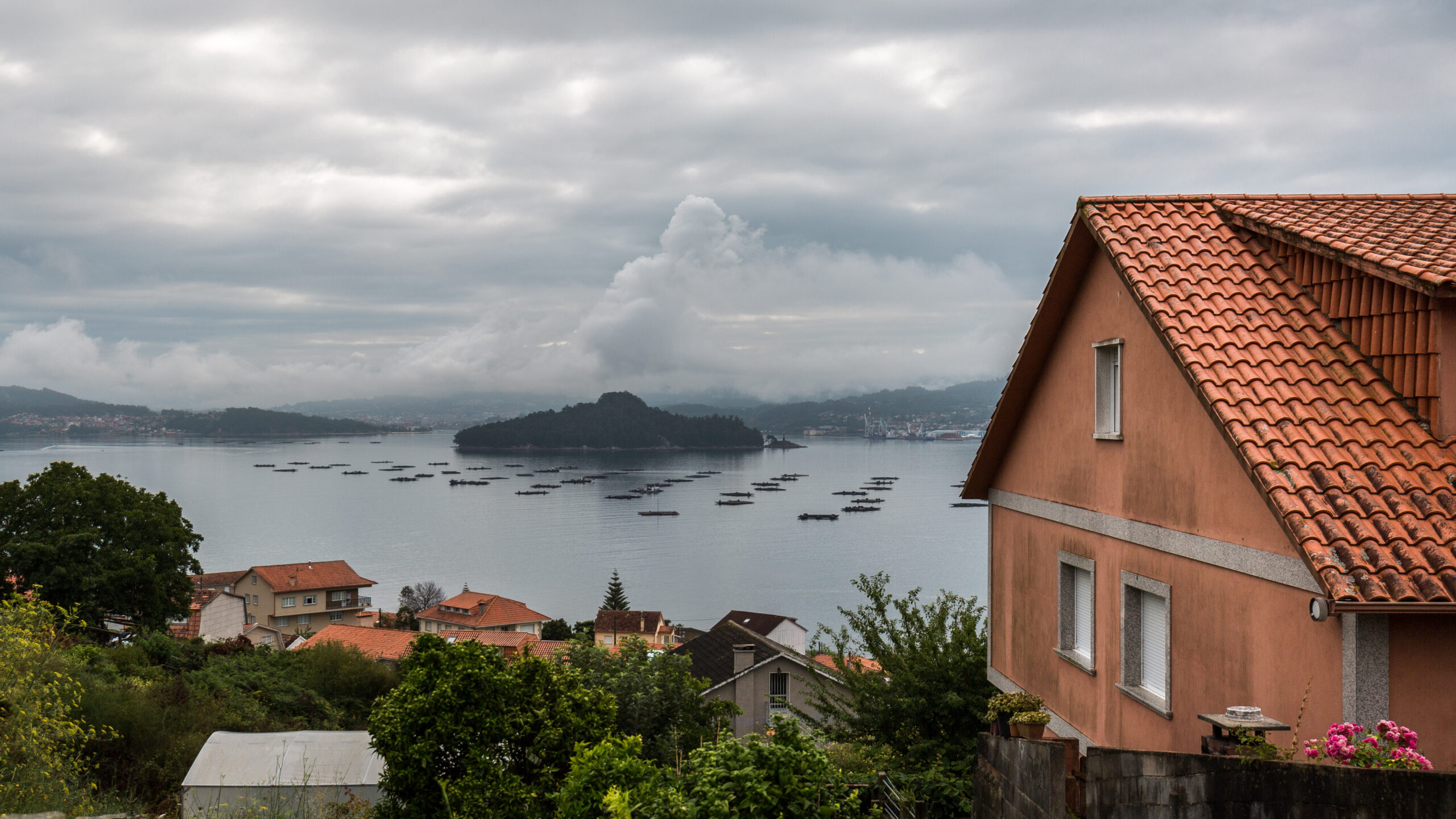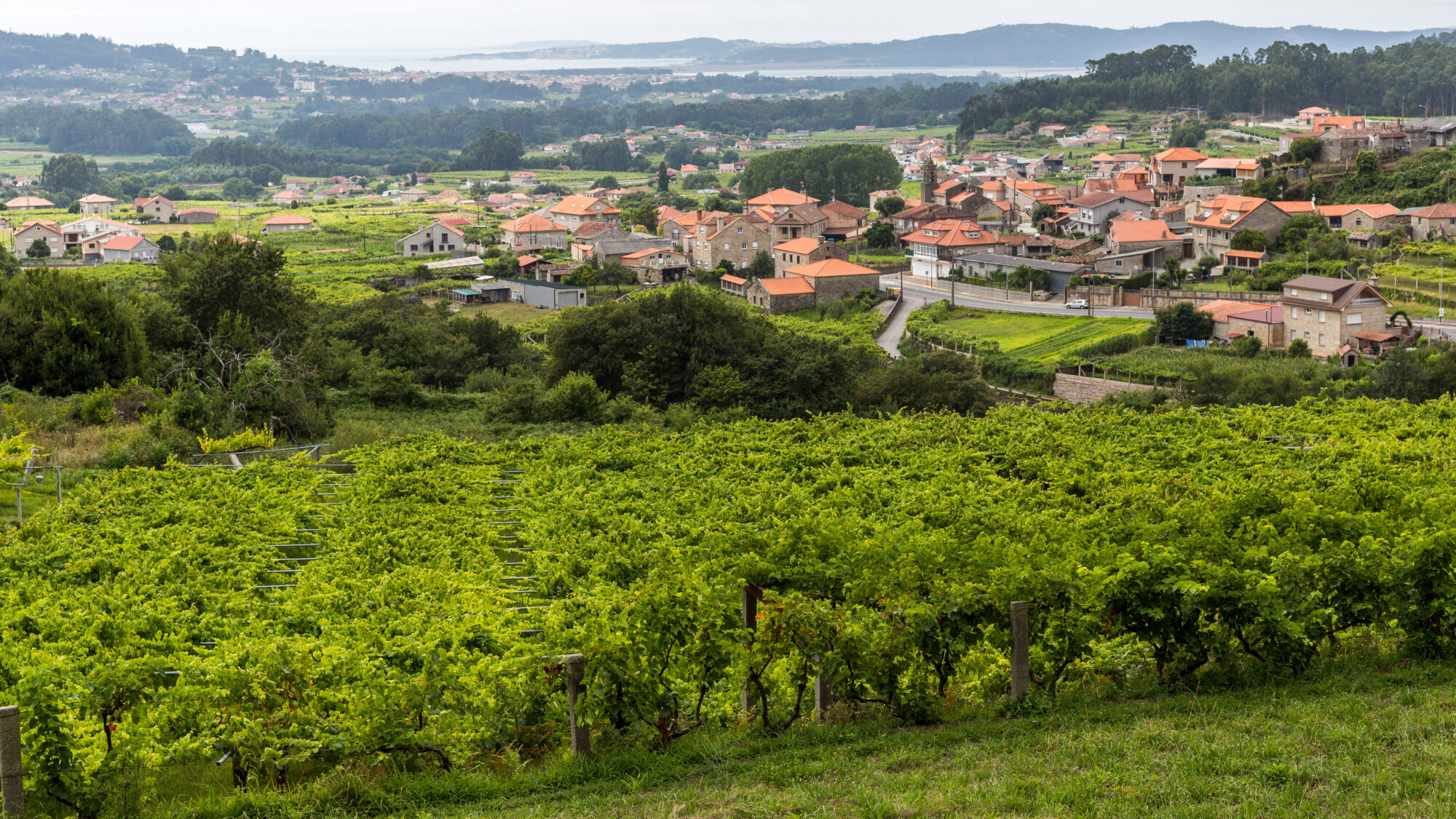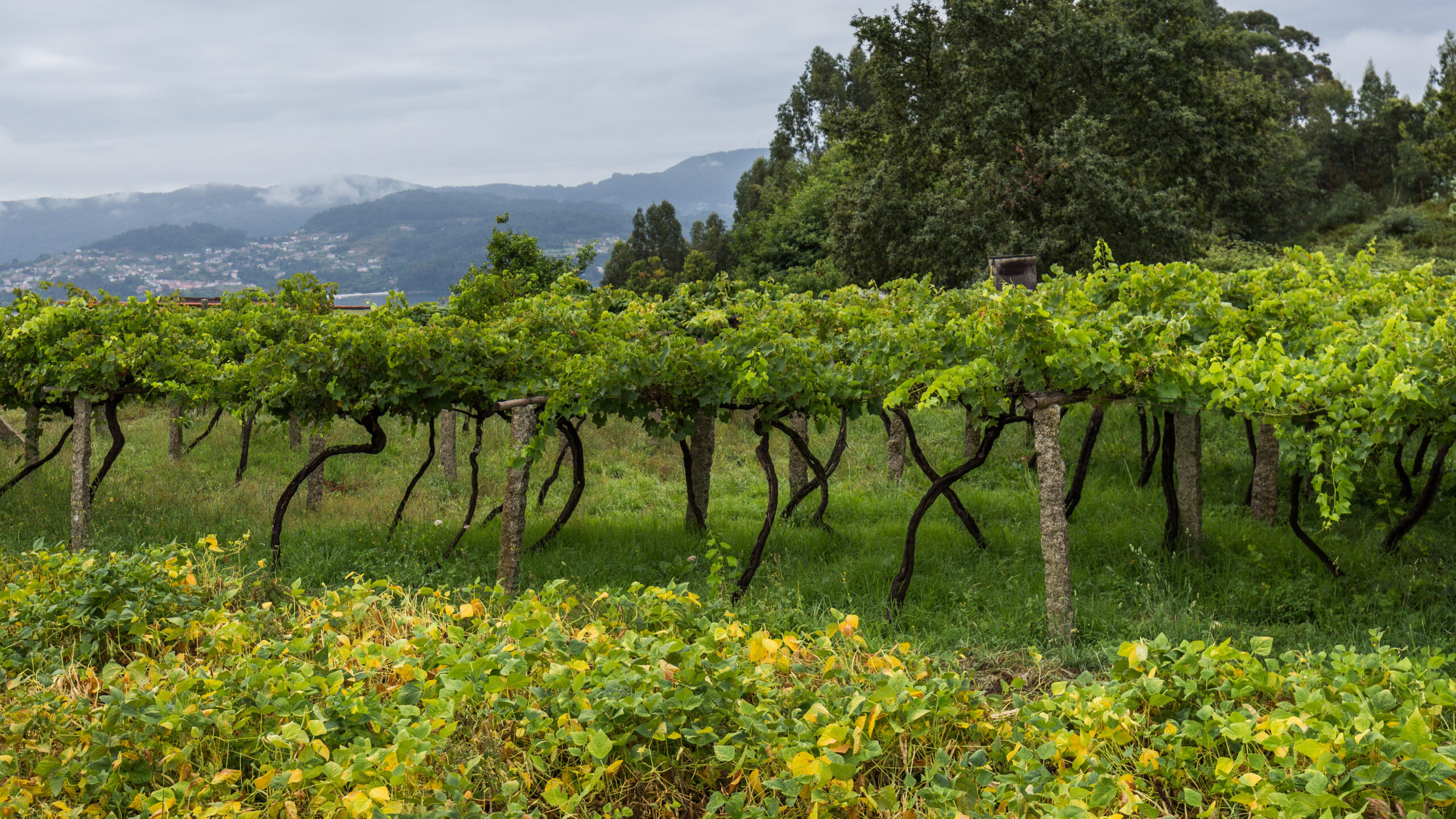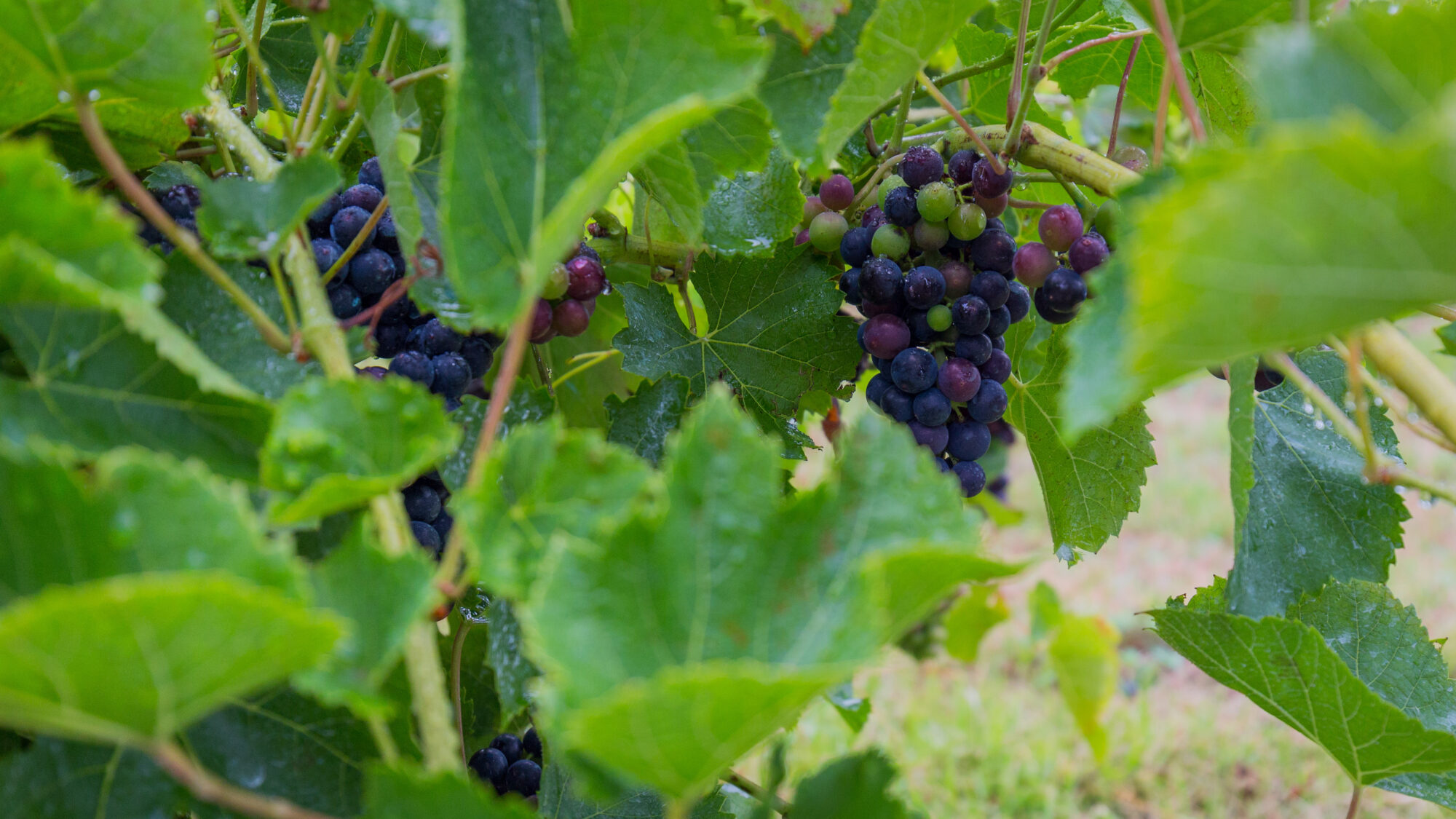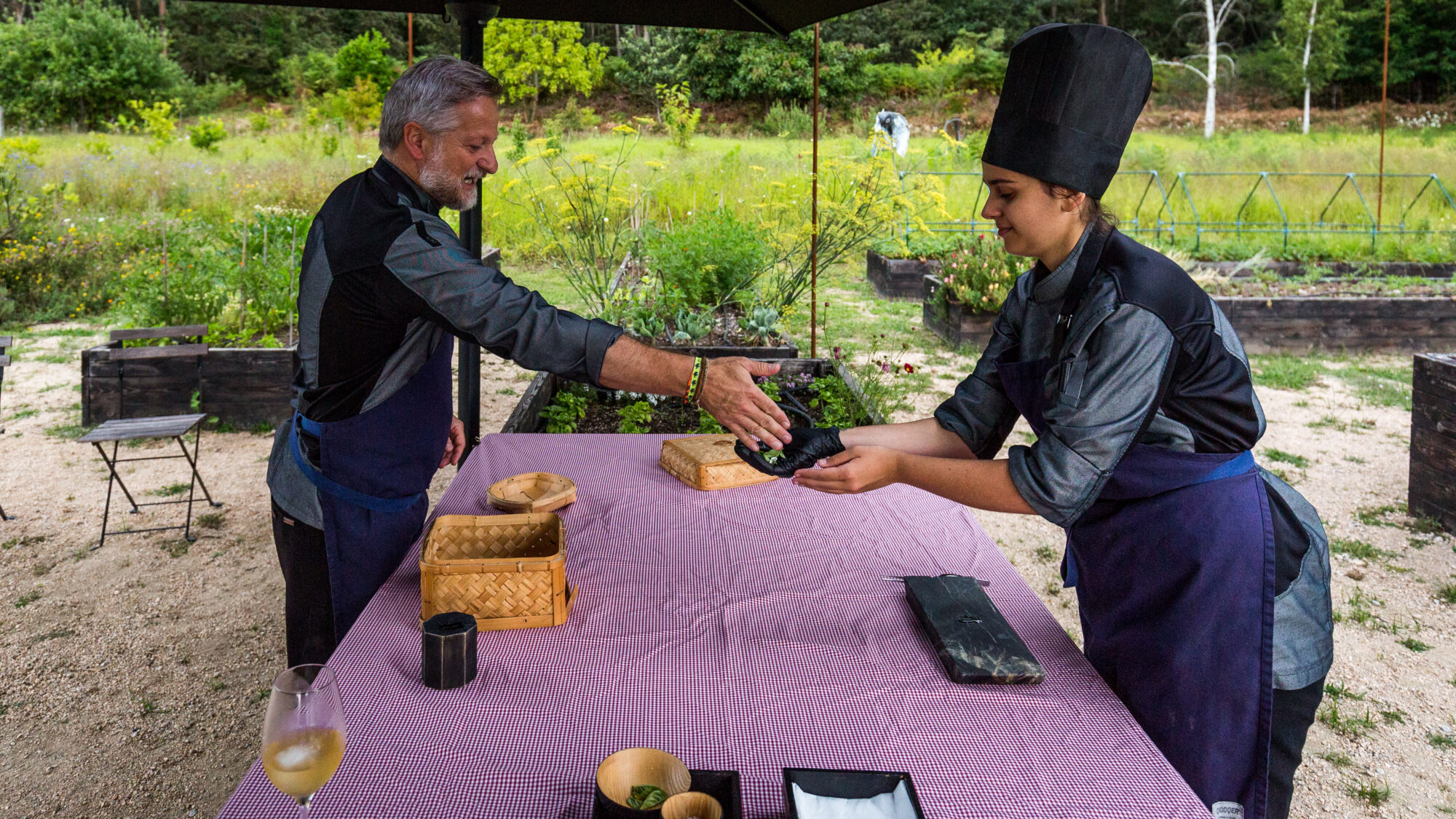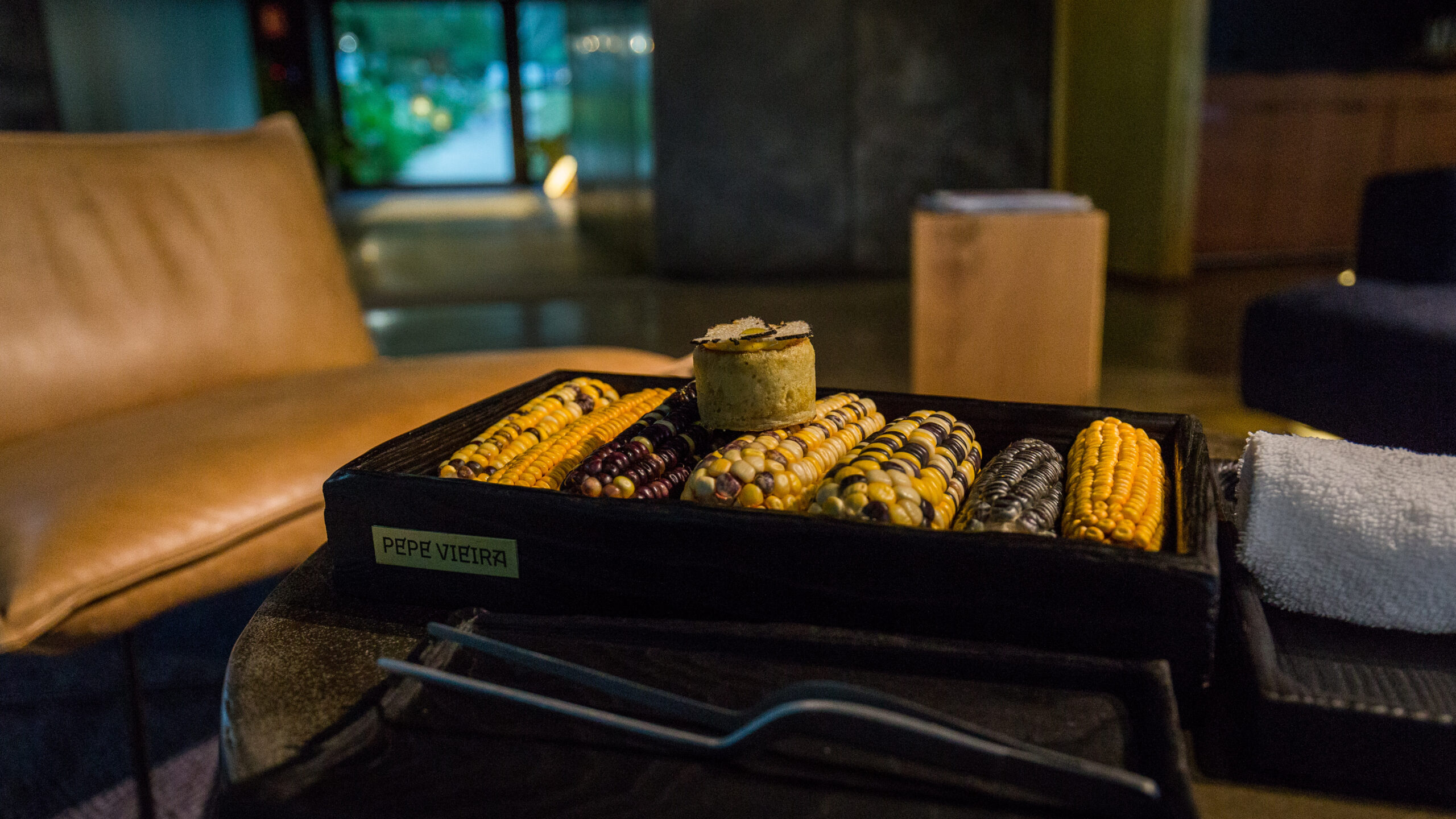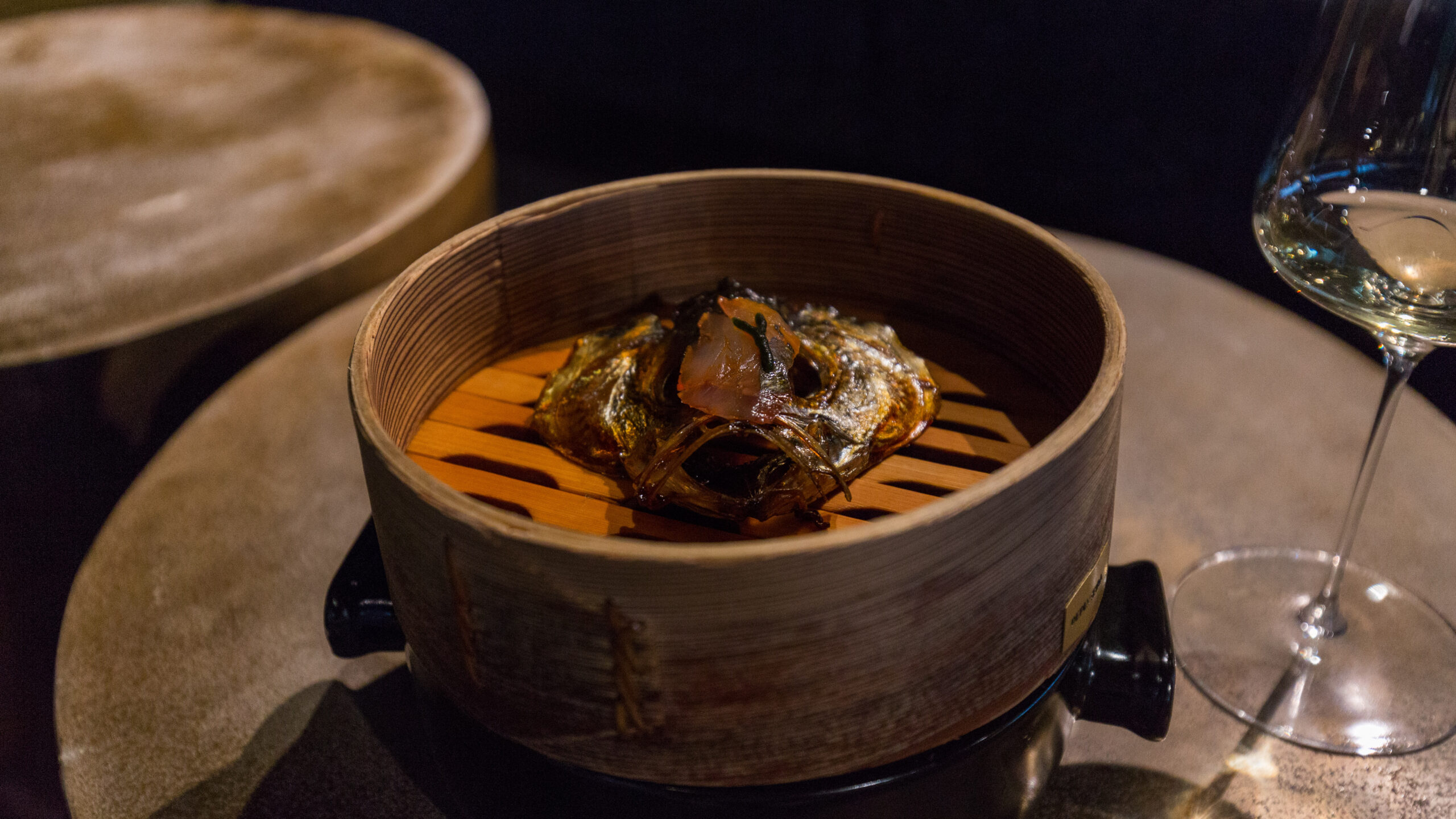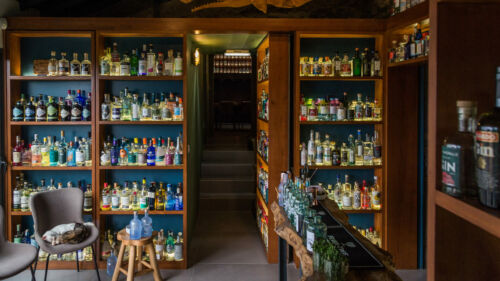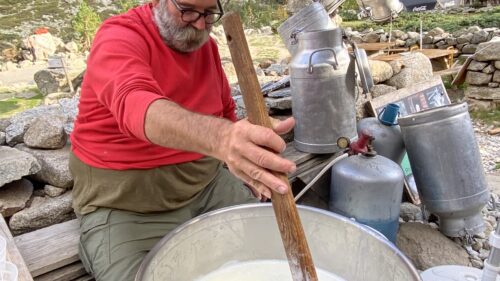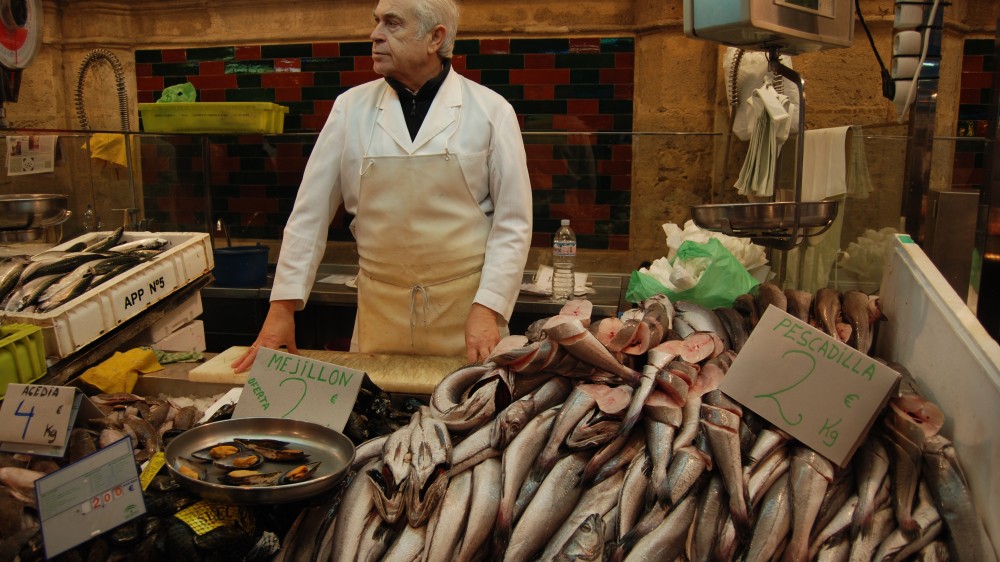Meet… Joe Scallop
After a steaming plate of fresh mussels has been set on the table to replace the mound of sautéed pimientos de Padrón (Padrón sweet green peppers) that we’ve just worked our way through, I reflect on how unanticipated moments like these make great travel. In front of me at the table is 2 Michelin-starred Galician chef Xosé Torre Cannas, aka “Pepe Vieira”, and sitting next to him is Xurxo Alba, the engaging son of the Alba family that own Albamar, a local label of the Rias Baixas D.O. that produces some stunningly good Albariño white wines. Pepe has brought me here to introduce his close friend and expert wine maker Xurxo. As we break bread at the table together, the conversation drifts from anecdotes about the region I’m visiting, to Albariño, and the challenges forward thinking producers like Alba face trying to raise the profile on these under-appreciated wines. We’re sitting in the Alba family’s furancho, a Galician term for what amounts to a clandestine restaurant where locals know that Xurxo’s mom cooks up some damn fine gallego cuisine, including the most delectable tortilla de patatas. There’s no menu, no sign out the door and no address on Google maps, nothing to indicate this is a place to come for lunch, but a quick sideways glance to the locals dining at the other tables, I know that I’ve struck solid gold now twice on this visit.
The other jackpot is Pepe’s eponymous restaurant, which since April of this year is now a fabulous place to stay in one of their fourteen newly built self-standing galpones, a local gallego word for the typical straw huts of Galician farmers and fishermen.
Alba’s furancho is a useful metaphor to talk about this corner of Spain, because just as there’s no flashy sign, trip advisor reviews or (gasp) instagram posts pushing droves of visitors to these pop-up restaurants, so it goes more broadly with the Galicia region in general, which flies relatively low under the radar (an exception being Santiago de Compostela which is the end of the road for the Camino walking pilgrimage). Galicia received around 2 million visitors in 2019, half that of Basque Country, and a fifth of the number of visitors to Andalusia in Spain’s south in the same year. Sure, the weather is a likely deterrent for some as it rains often in this, the greenest corner of the country, but it’s not without some benefits as well: visiting in late July while the majority of the country was sweltering in 40C+ temperatures this region barely cracked 25C as a high, and on several days of my visit, clouds and light rain were scattered by lovely bursts of sunny weather which made for some excellent walking.
While I’ve waxed poetic about the simple cuisine of the Alba’s furancho, words barely do justice to the experience of Pepe Vieira’s restaurant. Just a look at their website homepage. A guy (not Pepe) in a scuba diving outfit, sits down to tuck into a meal. That tells you this off-beat establishment isn’t just another run-of-the-mill Michelin-starred Relais Chateau experience. A quick tour of his kitchen with Pepe revealed all manner of creative and odd plate ware for presenting courses, including a mould of a hairy black hand complete with claws, used in his “Romasanta” tasting menu, which is itself something of an homage to Galicia’s famed 19th century serial killer: his defence in court was a curse turned him into a werewolf.
I sat down that evening to the O Señor Andrade tasting menu, the restaurant’s shortest, which was still insanely good and copious: starting with an aperitif in their organic farm across the street, they had me changing locations at each course navigating from the lounge, to a chef’s table in the middle of the dimly lit dining room, back to my table, to their wine cellar, and one course that was taken in the kitchen with Pepe’s team of chefs. Biting into amazing scallops, cigalas (Norway lobster), raw sushi-style fish in a variety of different pickled sauces, a mullet fish with the tastiest celeriac broth, the wine pairings were all Albariños and wines of the coveted Ribeira Sacra region, most of which came from special cuvées developed exclusively for the restaurant by Pepe’s army of oenologist friends. All the while, the 80s music of my youth (The Police, The Clash, Peter Frampton) pumped gently through the speakers adding a palate cleanser of nostalgia to my evening meal extravaganza. Pepe being a man of a similar age, he was jocular, entertaining with a wry sense of humour like the cool older brother I never had. It’s easily my most memorable meal of 2023.
Dozing off that night in my galpon, light sleep gave way to dreams of werewolves only to awaken shortly after, and peering out I saw the dim lights of the Pontevedra estuary clearly visible in the distance being overtaken by heavy fog followed by a brief rainstorm that blew through in a matter of minutes. Like discovering the Alba’s furancho, it’s the barely perceptible, but unexpected experiences like finding Pepe Vieira in places you’d least likely think to find such calibre, which leads me to suggest you pay Galicia the attention it deserves.
When Sebastian’s not out sniffing some of the finest off-the-beaten-path Spain he’s honing some wicked trip planning skills. Get in touch to start planning your trip.
